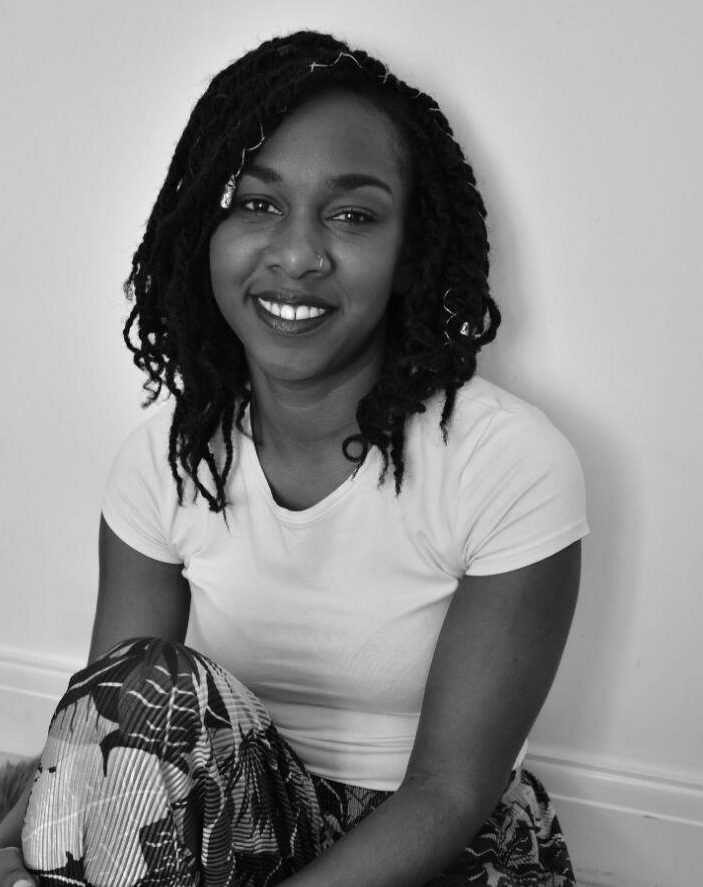My name is Nadine and I am special-needs blogger, Life Coach (coachingforcarers.co.uk) and author of Can I tell you about Nystagmus? This easy to read book introduces the condition to children who have Nystagmus. The book explores gaining a diagnosis, living with the condition, friendships and coping at school.

I was inspired to write this story through a random event that took place at my daughters school. She attends a special-needs school as she has multiple needs due to her Chromosome 18Q- condition. The school was talking about how they manage talking to each child about their condition. They had plenty of resources, books, videos and lots of experience with conditions like Autism. But had no experience on Chromosome 18Q- and Nystagmus. I was compelled to create something she could identify with. She too needed a deeper understanding of her condition, instead of a reinforcement of feeling different, so ’Amber’ the main character was born. Nystagmus, is a part of our lives and will always be. So ensuring my daughter felt comfortable and confident in her uniqueness was incredibly important. Nystagmus will not define her or stop her from trying all she wants.
Creating an awareness and appreciation for her condition will mean, she will grow to be a powerful, confident advocate for her and others needs. The story interweaves handy tips and suggestions that teachers, families and professionals can easily implement to make life easier for a person living with Nystagmus. The story deliberately focuses on ‘achievement’, ‘involvement’ and confidence for the future. Included are, inspiring stories of role models with Nystagmus who have successfully carved out careers in a range of areas from Sports to Entertainment. The book also includes a checklist with over 30 actionable adjustments or considerations to think about when supporting a child with Nystagmus at school or at home.
I wanted to leave you with some bonus suggestions not included with the book which I hope will help you further.
- Travelling:
Busy environments, unfamiliar signs, anxiousness in having to identify unfamiliar faces can all impact the desire for someone with Nystagmus to want to travel. A way parents can minimise this is by contacting Airlines ahead of travel, to gain suitable accommodations such as a Chaperone or a ‘queue jump’ or being made aware of ‘quiet’ areas to help avoid overwhelm. - Road Safety:
Children with Nystagmus may not be able to see clearly into the windows of cars. So may not be able to see people gesturing at them. This is something for parent to be aware of. - Technology:
Accessible technology is way more advanced these days and easy adaptations like changing ‘contrast’, font size, magnifications can all be done system wide on most new technology for example iPads, mobile phones and computers. - App Hack:
A great app is ‘talk to text’ children may want to use this app in situation perhaps were their eyes are fatigued but they need to write something. They can dictate into the app and it appears written on their device. Devices such as Apple products may have this functionality built in. - Relaxation:
Sometimes children with Nystagmus can fatigue and develop headaches. Not all can communicate they have a headache based on their age or ability. A handy relaxation technique is the use of a warm compress over their eyes to help relieve tension and give their eyes a break from the job of focusing. Dimming the lights or resting in a darkened room with the compress may all be helpful in relieving tension.I hope you found these tips helpful and I hope you find the book a useful resource in your Nystagmus journey.
If you would like to read more articles like this and get the latest news and offers on our books about education, why not join our mailing list? We can send information by email or post as you prefer.
